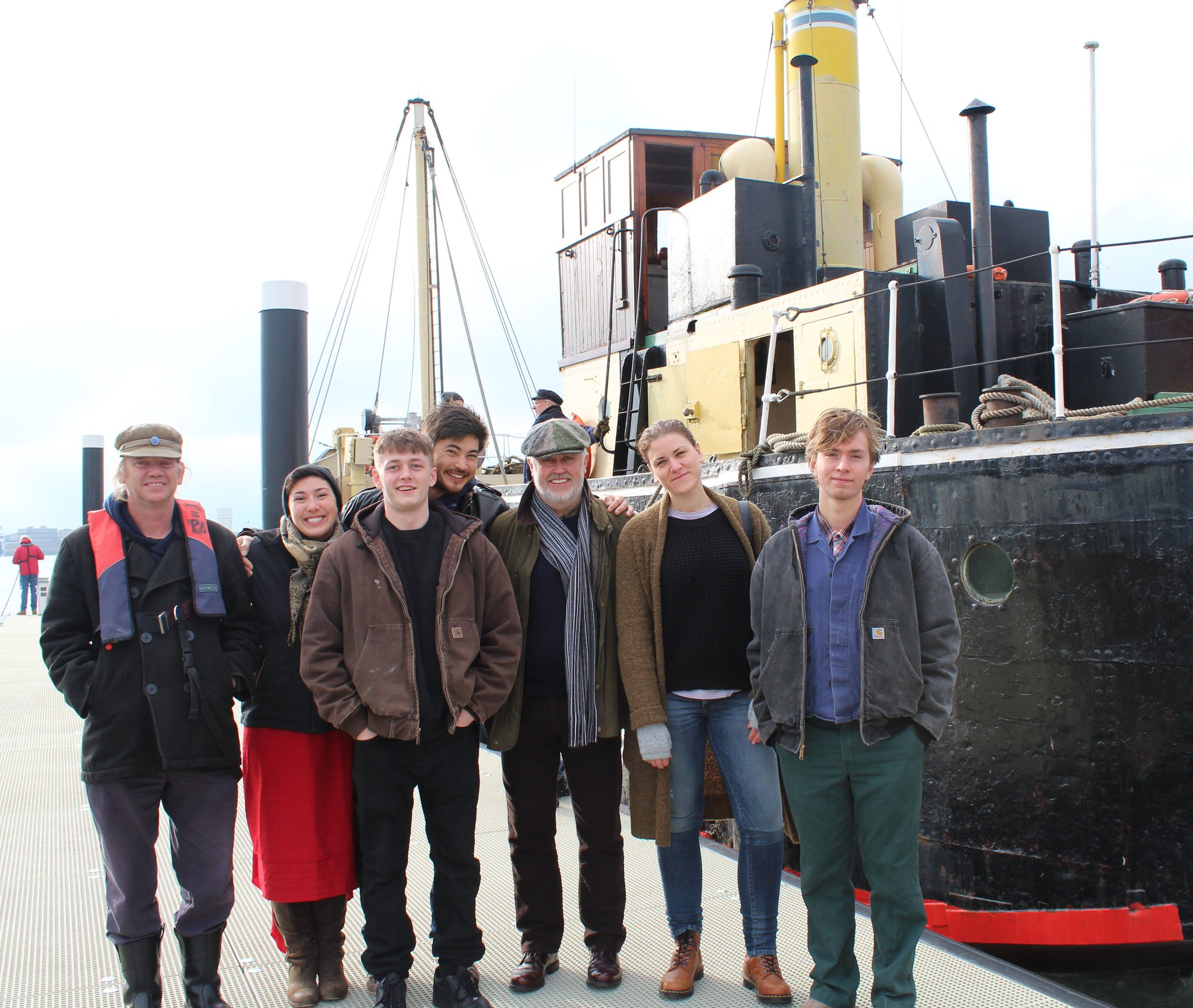Jeremy Hunt first suggested increasing the GP workforce by 5,000 GPs in 2014, and that target formed part of the Conservatives’ 2015 election manifesto under David Cameron.
While the pledge was omitted from the party’s 2017 election manifesto, the Conservatives later confirmed they were committed to the target.
HOWEVER, according to the latest figures, the number of fully-qualified GPs has continued to fall in spite of increases in trainees.
The General Practice Workforce data up until 30 September 2019 showed that there were 328 FTE additional GPs, including trainees – a rise of 0.9% – compared with September 2018.
BUT, there were 340 fewer fully qualified GPs (excluding registrars) and 489 fewer fully qualified permanent GPs (excluding locums and registrars) over the same period.
IN ADDITION, the number of GP practices also fell by 3.8%, totalling 6,867, suggesting the closure or merger of 270 practices over 12 months.
AND, the figures also show that there were just 297 more nurses (a rise of 1.8%) in the quarter to September 2019 compared with the quarter to September 2018. This led to a record number of vacancies as hospitals sought to recruit for the winter – more than 43,000.
Dr Chaand Nagpaul, British Medical Association council chair, said: “Significant holes in the workforce across areas such as acute medicine and mental health care, particularly in some parts of the country, means that staff are being pushed, often at a detriment to their own health, to make up these shortfalls.
“This is not fair for staff and not fair for patients. The UK falls well below comparable high-income countries in terms of the number of doctors per population (emphasis added) – we do not have to accept this as the norm.
“The Government must do all it can to both retain doctors, including addressing the pension crisis, and ramp up its recruitment efforts by investing in the NHS to make it an attractive career option for doctors and staff from the UK, the EU and internationally.”
Sally Warren, director of policy at The King’s Fund, said the volume and intensity of GP workloads is driving many to either reduce their hours or leave the profession altogether. And although more GPs than ever are being trained, the figures produced by the NHS show that GP numbers continue to decrease, she said.
“Across the country, health and care services are grappling with severe staff shortages,” she continued. “Latest workforce data out today shows there are currently over 105,000 vacancies in NHS trusts, plus 122,000 vacancies in social care at any one time. If the next government wants to deliver on promises to improve health and care services for patients and the public, they must first tackle the workforce crisis.”
Professor Martin Marshall, chair of the Royal College of GPs, described the figures as “disappointing”, adding: “It is serious and we need to see drastic action taken to reverse this trend.”
NHS Digital also produced data for GP appointments, which showed that there were a record 31 million appointments in October – a rise of four million on the previous month.
Dr Richard Vautrey, BMA GP committee chair, said: “The highest number of patients are seen on the day they book their appointment – this speaks volumes to the diligence and commitment of GPs and colleagues in the wider healthcare team.
“Many patients are seen within the following days, and while longer waits are often due to proper planning for long-term care, practices share the frustration of patients when they are unable to always offer appointments sooner.
“This comes on the backdrop of falling GP numbers and the long-term picture is damning, with hundreds fewer full-time equivalent, fully-qualified family doctors than we had this time last year. GP partner numbers are falling at an even faster rate, owing to the additional stresses of owning and running practices.”
So, how did the number of GP appointments go up? The figures are not just for GPs – they will include nurses, healthcare assistants, and practice pharmacists.
Dr Sarah Wollaston, former House of Commons health committee chair and now a Liberal Democrat candidate, added: “People across the country struggling to get appointments will be appalled to see the number of GPs and practices continuing to fall. The Conservatives have completely failed to keep their promise to increase the number of GPs and have now plucked an even greater number out of the air.
“People depend on GP practices for their front-line care. Both patients and the primary care workforce have been badly let down by this government and the situation in general practice will make for a very difficult winter across the NHS.”
Worth noting that Sarah Wollaston was elected as a tory MP in 2010, and only left that party in February of this year … so her criticism is rather opportunist, and not a little hollow!
Hollow too rings the Conservative party’s current ‘pledge’ to increase the number of GPs by 6000 by 2024-25.
Not that I trust any of the other parties to retain GPs and senior consultants who can choose to retire earlier than they intended – as I did. Successive parties have demoralised the workforce, not least by imposing evermore difficult targets that have unforeseen consequences on the system, patients, and clinicians. I don’t think the NHS is safe in any of their hands, but it may now be ripe for hostile USA providers to step in.



















































































